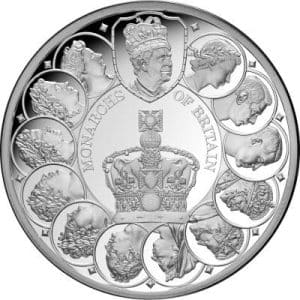A banknote is a type of security, promissory note, or promissory note in which the issuer states the amount and type of currency that will be paid to the bearer.
The first recorded use of paper money was in China in the 7th century AD however in Europe their use began to spread in the 17th century, 10 centuries later.
Apart from their utilitarian side, banknotes were and are used for purposes other than those for which they were created.
Governments, autocratic or democratic regimes, monarchs and even military occupation forces have used paper money from time to time for propaganda.
Through these forms of relatively small dimensions, people were honored not only from the political and military spheres but also from science, art, sports, etc. An example from the Greek reality is the depiction of Kolokotronis of Kapodistrias and also of Papanikolaos in Greek banknotes.
Various events inspired by the history of each state were captured. Victorious battles that changed the course of a nation’s history is a very common theme.
Kings consolidated their monarchy or dynasty as is done even today where the respective monarch is depicted on the banknotes of many countries such as Great Britain or before the advent of the euro on the banknotes of Belgium, the Netherlands, Sweden, etc.
The subject matter depicted on the banknotes is endless. Wherever it comes from, however, its artistic imprint is a distinct kind of artistic expression. Many of the banknotes that have been circulated from time to time around the world are distinguished by their high aesthetics, which although most of the time go unnoticed by everyday users-traders, there are not a few who appreciate and admire it.
Greek banknotes
In Greece, paper money was introduced for the first time in 1841 with issues by the National Bank. Later, the Ionian Bank, the Bank of Crete, the Bank of Epirothessalia and the Bank of Greece issued paper money, while in exceptional cases it issued paper money (the so-called coin bills). and the Greek state itself. From January 1, 2002 onwards, as in other Eurozone countries, Euro banknotes are used.
Banknotes of 5, 10, 20, 50, 100, 200 and 500 Euro have been issued with the characteristic letter in front of the circulation number and with a special code number on the main side of each banknote. “Y” is the characteristic of banknotes issued in Greece, such as e.g. the “X” is the characteristic letter of Germany and the “T” of Ireland.













